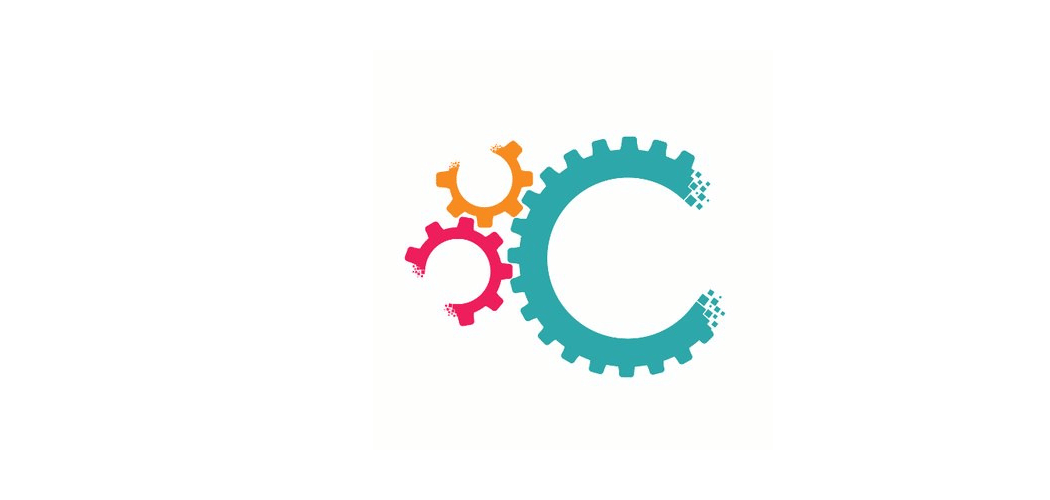Mando-Connect and YouGov publish the latest findings in this report
The British Loyalty landscape has undergone a significant transformation in the two years since Mando-Connect published their 2022 edition of the ‘What Brits Want from loyalty’ whitepaper. Since then, British consumers have fully emerged from a pandemic, endured political and economic uncertainty and a cost-of-living crisis. Many brands have successfully weathered the storm, adapting, and innovating their loyalty and engagement offerings to meet the shifting consumer needs.
Mando-Connects latest paper is a contemporary study of the British loyalty landscape in 2024 and delves into the data to answer key questions for loyalty marketeers;
- Who is engaging?
- What do Brits want from loyalty programmes now?
- What impact do loyalty programmes have?
In this post, we have summarised 3 of the paper’s key findings. Be sure to download your copy for the comprehensive view as well as deep dives into loyalty promotions, brand partnerships and industry leading case studies.
Record-Breaking Membership and Appeal
The allure of loyalty programmes has never been stronger among Brits. In 2024, a staggering 79% of the population are active members and we’re even seeing growth in previously hard to engage demographics such as the 18-24’s. What is more, the average Brit now participates in six loyalty programmes (up from four in previous years) and is active in 3 of them- showing an average British engagement rate of 51%. These figures reflect not only a surge in membership but also a significant uptick in active usage among British consumers.
Appeal is another key metric hitting record highs. An astounding 97% now find at least one programme appealing. Moreover, 74% acknowledge loyalty programmes are an excellent means for brands to reward customers with 54% saying that all brands should look to adopt such schemes. This surge in membership and appeal is fuelled by a combination of heightened consumer demand in response to the tough economic conditions and astute loyalty strategies that have successfully met consumers desire for value.
Driving Loyalty and Engagement
Delving deeper into what drives loyalty and engagement, Brits showed a real preference for programmes that saved them money. They primarily want value-driven benefits with clear financial value – like points, coupons, deals, and exclusive offers. 84% said it was the Financial Bonds that matter the most, over structural (50%), Emotional (20%) or Social (12%) bonds. This underscores the importance of value and tangible benefits in fostering long-term loyalty among consumers.
This value focus was also reflected in how Brits want their rewards to make them feel. The dominant emotion in the reward experience continues to be savviness, it’s significantly more important now as we continue to struggle with the cost-of-living crisis. After value comes the need for treats. The classic lipstick effect shows that small indulgences (such as premium lipstick) increase during periods of recession. Brits still want to be spoiled and this too has grown by 18% since 2022. 38% of Brits want rewards to be a treat for them.
Looking beyond the types of reward and emotion behind them, the study also concluded that rewards and benefits are still the most important thing in loyalty and the number one reason why they join programmes. 69% of Brits think that the Discounts and offers available are the most important aspect.
The Rise of Loyalty Brand Partnerships
One significant trend that is being observed across the industry is the rise of loyalty brand partnerships. Brands are increasingly utilising partnerships to achieve more for less. By working together programmes are innovating, winning hearts, capturing new audiences, giving their members more of what they want and, somewhat critically in these challenging times, making every penny spent go further.
““Why wouldn't you make partnerships the first question you ask? It's obvious when you think about it. Before you ask, “What can we pay for or do that costs money?" you should ask "what symbiotic relationships can we forge?". It is marketing at its most zen.” - Rory Sutherland, Vice Chair of Ogilvy UK
The Impact of Loyalty
In these challenging economic times, it is essential that loyalty marketers everywhere are able to measure the impact of their loyalty programmes – on their members, on the brand and on the business. Since 2018, Mando-Connect have studied the behavioural and attitudinal impacts of loyalty programmes and the good news is that, over time, the positive impact of loyalty programmes on the British public is staying strong.
Loyalty programme membership increases frequency for 58.6% of Brits, increases loyalty for 47.6% and increases spend for 43.2%! On top of this the emotional impact metrics also still show a strong positive impact. 48.2% of Brits say that loyalty programme membership makes them find a brand more appealing, 38.9% say it makes them more likely to recommend another brand and 31.6% say they feel more emotionally connected to a brand when they are a member of its loyalty programme.
In conclusion, the trajectory of loyalty marketing in Great Britain is on an upward trend. Brit’s love and have joined loyalty programmes more than ever before and it’s clear to see the positive impact that programmes are having on their members. By embracing innovation and listening to the customer needs highlighted in the whitepaper, your brand can harness the full potential of your loyalty programmes in 2024 and beyond. Visit https://mando.co.uk/what-the-british-want-from-loyalty-programmes-4/ to request your copy of What Brits Want from Loyalty.


